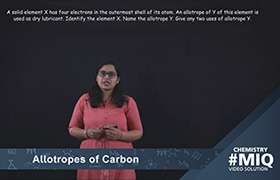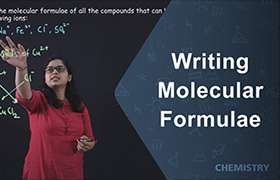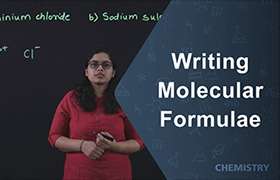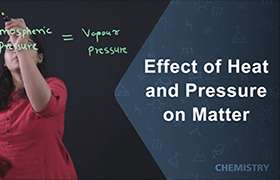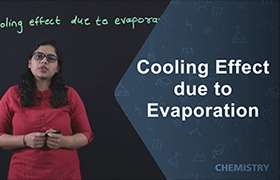ICSE Class 8 Answered
long answer Q4. explain the process of water cycle in nature
Asked by Chandrashekhar | 18 Sep, 2018, 09:15: PM

The water cycle is driven by the Sun's energy. The sun warms the sea surface and other surface water, making fluid water evaporate and ice to sublime—turn specifically from solid to gas. These sun-driven procedures move water into the atmosphere in the structure of water vapor.
Evaporation is the point at which the sun warms up water in streams or lakes or the sea and transforms it into vapor or steam. The water vapor or steam leaves the stream, lake or sea and goes into the air. Transpiration is the process by which plants lose water out of their leaves. Transpiration provides evaporation somewhat of a turn in recovering the water vapor up into the air.
Sublimation describes the process of snow and ice changing into water vapor without first melting into water. Sublimation is a common way for snow to disappear in certain climates. Sublimation occurs more readily when certain weather conditions are present, such as low relative humidity and dry winds. It also occurs more at higher altitudes, where the air pressure is less than at lower altitudes.
Water vapor in the air gets cold and changes once more into liquid, shaping mists or clouds. This is called condensation. Condensation is the exact opposite of evaporation.
Precipitation supplies freshwater to an estuary, which is an imperative wellspring of dissolved oxygen and supplements. Droughts bring down the freshwater contribution to estuaries and the water levels of inland lakes. Lake levels impact water waste and flow patterns in freshwater estuaries.
Infiltration is the downward movement of water from the land surface into soil or porous rock. Some water that infiltrates will remain in the shallow soil layer, where it will gradually move vertically and horizontally through the soil and subsurface material. Eventually it might enter a stream by seepage into the stream bank. Some of the water may infiltrate deeper, recharging groundwater aquifers.
Answered by Sumit Chakrapani | 19 Sep, 2018, 01:20: AM
Application Videos
Concept Videos
ICSE 8 - Chemistry
Asked by ppsk4364 | 20 Apr, 2024, 11:22: AM
ICSE 8 - Chemistry
Asked by poonamaashi24 | 19 Apr, 2024, 06:49: PM
ICSE 8 - Chemistry
Asked by vinodlucknow251 | 08 Mar, 2024, 02:27: PM
ICSE 8 - Chemistry
Asked by sivakrishnanarisetty | 07 Oct, 2023, 04:18: PM
ICSE 8 - Chemistry
Asked by saisuhas410 | 01 Oct, 2023, 05:00: PM
ICSE 8 - Chemistry
Asked by angelinemaria2010 | 22 Sep, 2023, 05:41: PM
ICSE 8 - Chemistry
Asked by n.tara345 | 16 Aug, 2023, 06:50: PM
ICSE 8 - Chemistry
Asked by kshyapi | 24 Jul, 2023, 12:12: AM
ICSE 8 - Chemistry
Asked by kumarashutosh1331 | 23 Jul, 2023, 07:44: AM
ICSE 8 - Chemistry
Asked by enakshipal07 | 21 Jul, 2023, 11:45: AM

